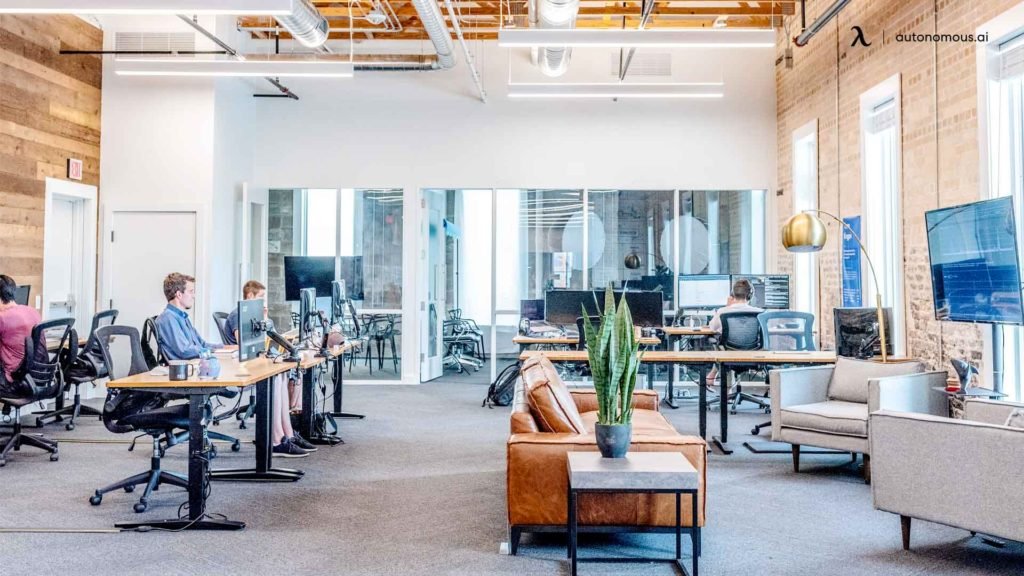Today, it is widely acknowledged that “healthy architecture” promotes workplace efficiency in a variety of ways. There are numerous forces at play that all work together to achieve this goal.
In most situations, employees spend more than half of their waking hours at work, and the environment has a significant impact on their productivity and mental structure, as well as the organization’s KPI. To create effective workplaces, we must devise a strategy that encourages people to be productive, happy, and healthy.
The layouts are designed with the roles of the various departments and their relationships in mind. Codependent portions are usually connected, but sections that require concealment or silence, such as accounting or finance, are aligned at a distance from one another. With the popularity of cloud computing and telecommunications in current times, the desire for open, accessible areas that promote connectivity has skyrocketed. Walking’s importance cannot be overstated. Employees like to work in groups and cannot be forced to sit at their workstations for eight hours a day. Movement contributes to the formation of a stance as well as the strengthening of worker relationships.
Ergonomics
Exhausted and irritated employees are common as a result of excessive screen time and sedentary professions, and to avoid this, workplaces rely on ergonomic designs that can be achieved by combining anthropometry. When it comes to aesthetics, branding plays a significant role, whether it’s for your consumers or your employees. It provides the business a sense of belonging and a good name.
Similarly, the walls dedicated to team trips, honours and certificate displays, and achievements/excellence graphics provide warmth to the room. It also contributes to interior design and motivates employees to be inspired and work harder, and when employees are enthused and motivated, they are more productive and efficient in both time and energy. We may also conclude that the innovative environment motivates and engages the workers, which helps to the company’s growth.
Room Architecture
Workplace design will also play a key part in boosting employee health and well-being. Workers at Google’s New York headquarters have access to a climbing wall designed to help them ‘work out their anxiety,’ allowing them to return to their desks in a better mental state than when they arrived. At Areas, participants can choose from a variety of open places and silent rooms in which to work, make calls, and meet others, as well as spacious, shared spaces in which to work, make calls, and meet others.
It’s certainly no surprise that an increasing number of companies are focusing more on identifying the right design characteristics and architecture for their workplaces, improving competitiveness and resulting in better health and pleasure. The result would almost probably be increased productivity, contentment, and employee retention.
Picking the Right Colours
The colours we see have an impact on our moods and brain activity. It elicits bodily as well as emotional responses. As a result, choosing the appropriate colours for your office has the ability to influence your productivity. When it comes to illicit productivity, for example, blue has been mentioned. You know, too much of anything, including paint, may be distracting.
Increased workforce control and comfort demands have prompted a concern among businesses to provide an environment and workplace architecture that meets workers’ needs and allows them to be more productive.
Still have questions regarding the design and how it will affect your employees?
The extensive chapter-by-chapter book summary slates of ‘A Team of Leaders’ may be of assistance to you.
